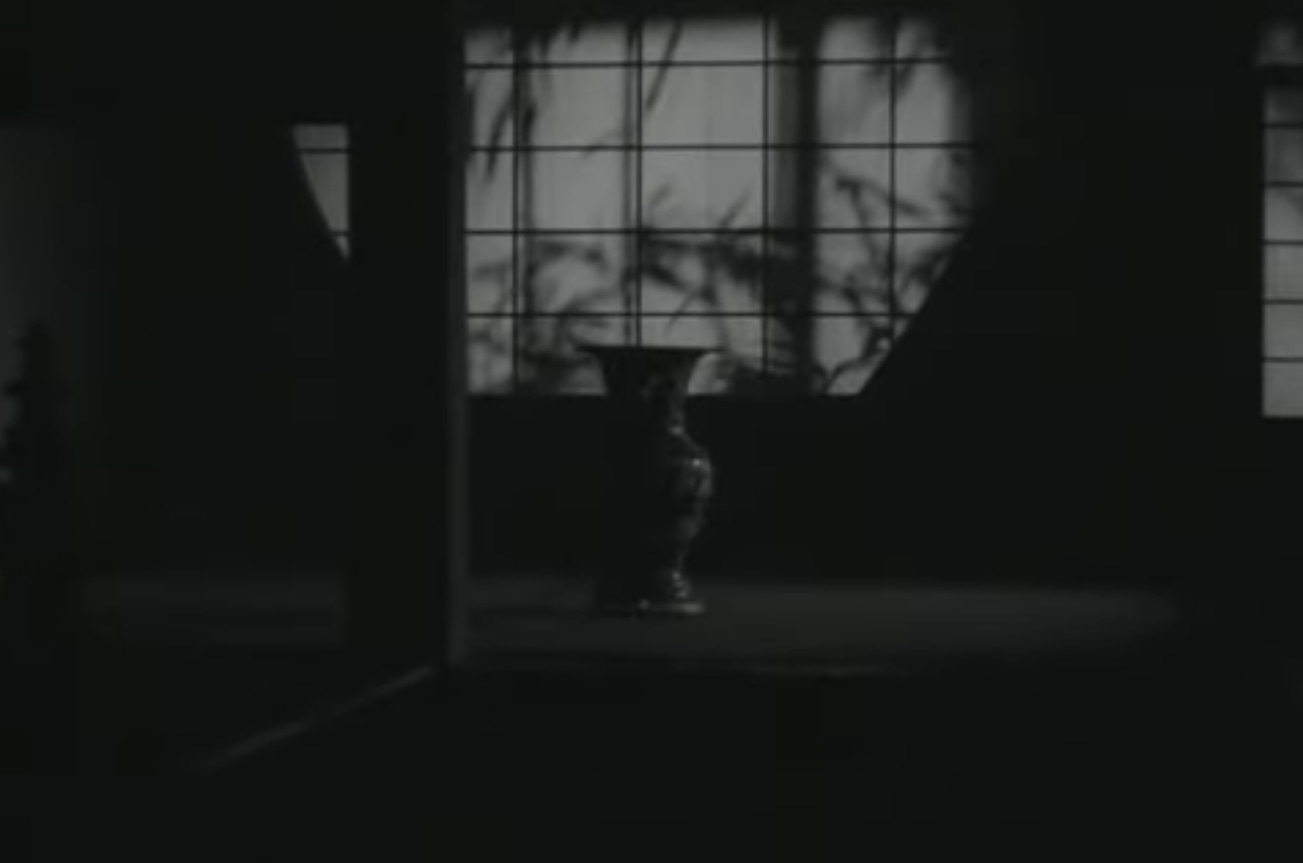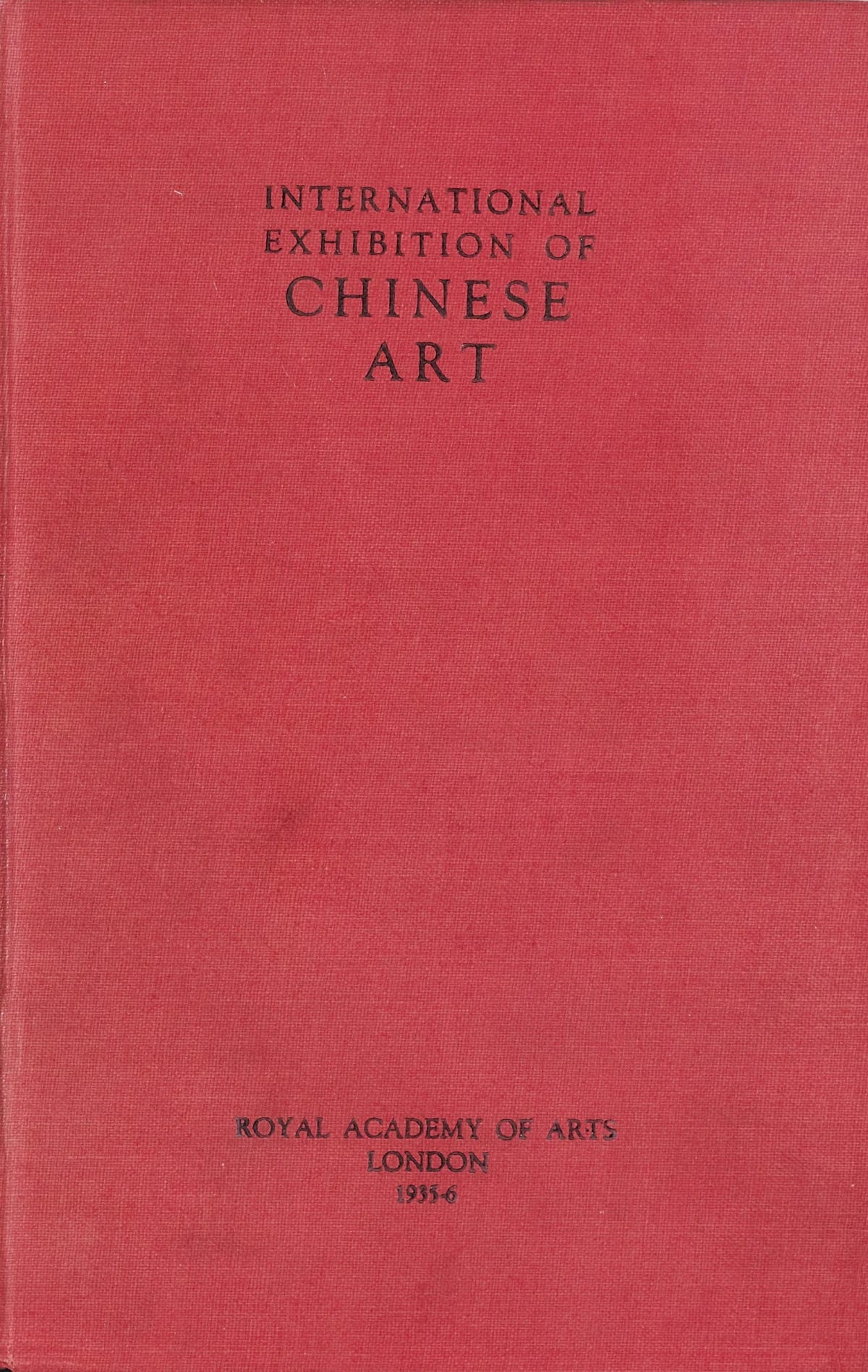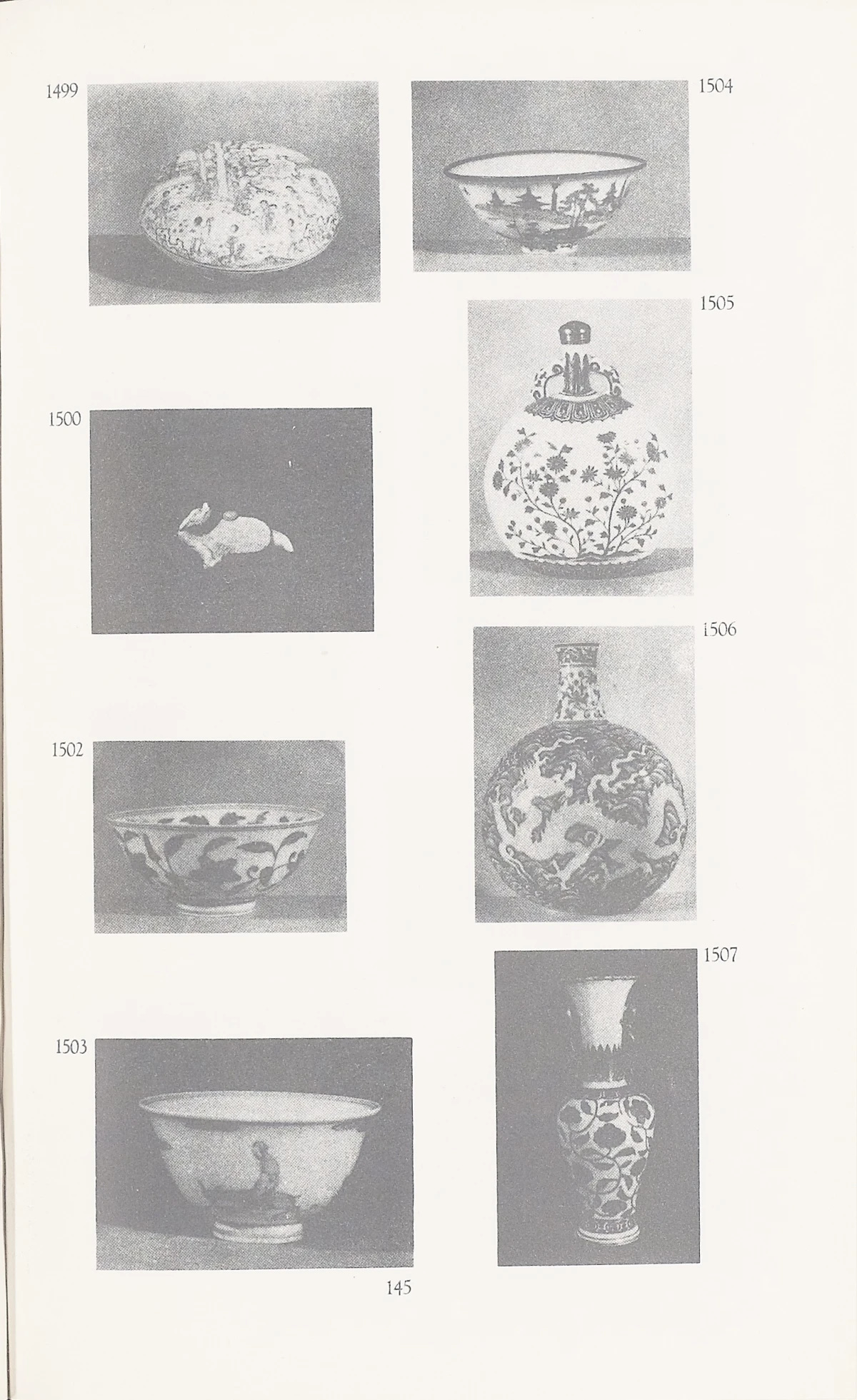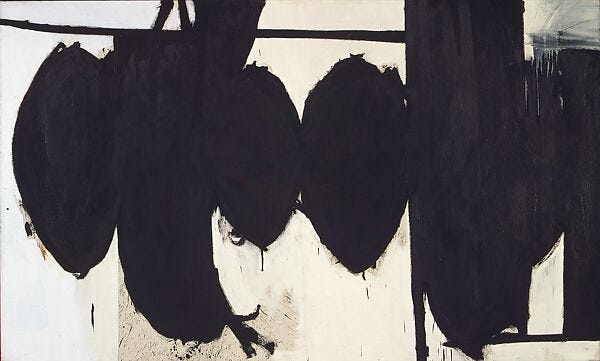Ozu’s Late Spring came out in 1949.
There’s a famous scene in the film where, at the end of a conversation between a father and daughter, it cuts to a shot of a vase sitting in front of a wall backlit by light coming through a window.

It’s a very beautiful shot. It is very still, and quiet. It reminds me of a line from T.S. Eliot’s Burnt Norton which was originally published in 1936:
Only by the form, the pattern,
Can words or music reach
The stillness, as a Chinese jar still
Moves perpetually in its stillness
In a letter to Sherrie Waites, many years after writing the poem, T.S. Eliot supposes that the idea of the stillness of a Chinese vase came to him from the International Exhibition of Chinese Art 1935-1936 which he viewed at the Royal Academy.


There are a few popular scriptures which touch on the idea of stillness.
In Psalm 46 it is written that the Lord, “maketh wars to cease unto the end of the earth; he breaketh the bow, and cutteth the spear in sunder; he burneth the chariot in the fire. Be still, and know that I am God: I will be exalted among the heath, I will be exalted in the earth.”
In the Book of 1st Kings, when the prophet Elijah goes to the top of the mountain to speak with the Lord, it is written that “The Lord passed by, and a great and strong wind rent the mountains, and brake in pieces the rocks before the Lord; but the Lord was not in the wind: and after the wind an earthquake; but the Lord was not in the earthquake: And after the earthquake a fire; but the Lord was not in the fire: and after the fire a still small voice.”
In both of these scripture, the concept of stillness is conveyed by the absence of things. In Psalms, bows are broken, speaks are cut, and chariots are destroyed. In 1 Kings, wind, rocks, earthquakes, and fires, leave, and what’s left behind, or what comes behind, is a “still, small voice”.
This juxtaposition created to convey the concept of stillness — as the absence of noise — is also used in Helaman 5:30, in the Book of Mormon, where it is written: “…it was not a voice of thunder, neither was it a voice of great tumultuous noise, but behold, it was a still voice of perfect mildness, as if it had been a whisper, and it did pierce even to the very soul.”
This gives us the idea that silence is defined through negative space - by what it is not. Robert Motherwell uses negative space well in his series of Paintings, “Elegy to the Spanish Republic.”

Maybe there is something, in the shape of a vase, or the porcelain material of it, that allows it to be seen as still, or as a piece of negative space.

